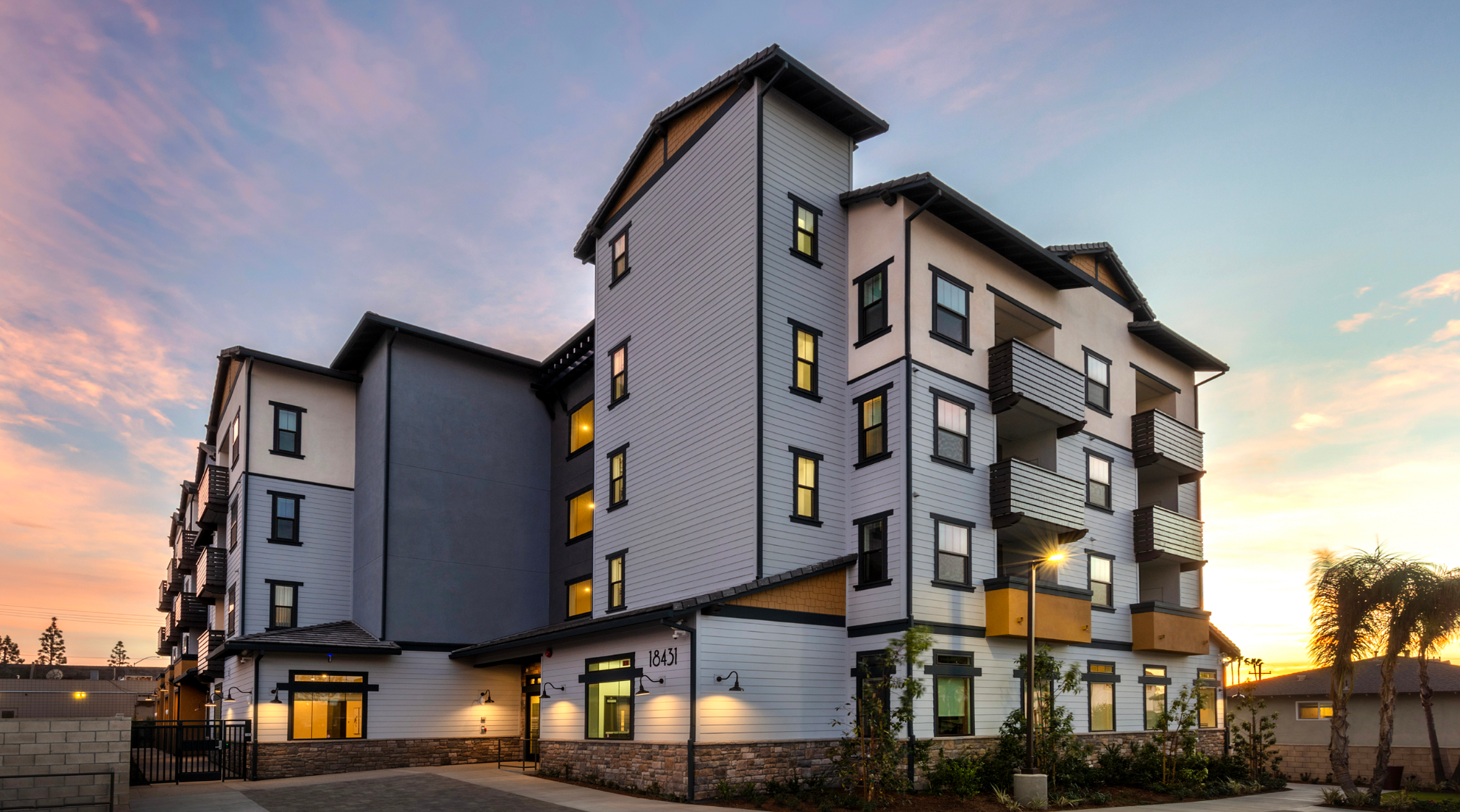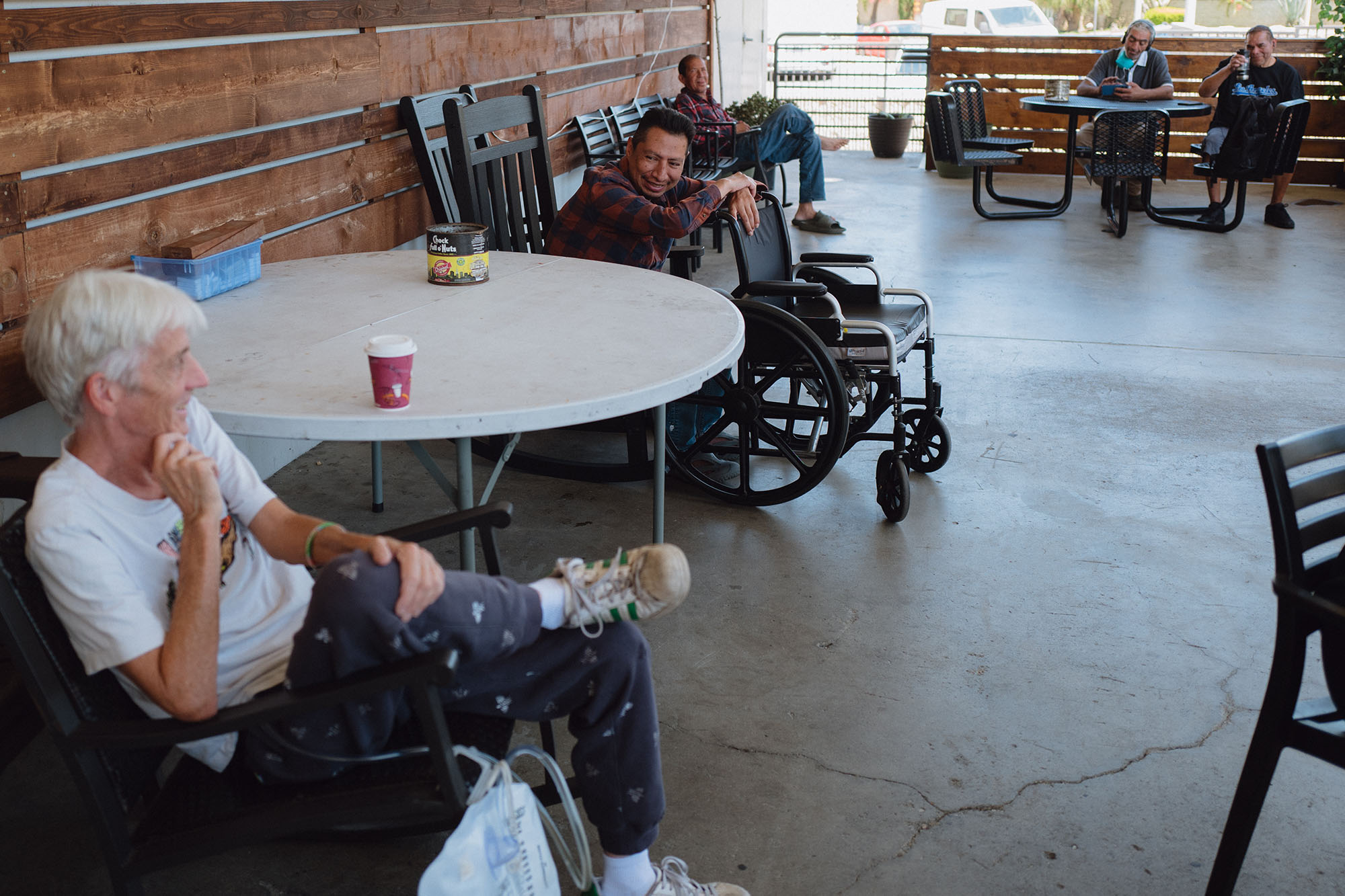Key Takeaways
This guide covers:
- Developing a recuperative care (also called medical respite) program
- Setting up operations
- Partnering with counties and networks
Recuperative care, also called medical respite, provides short-term residential care and support for people experiencing homelessness who have health care needs. These programs offer a safe place to recover from illness or surgery, with access to medical care and supportive services — filling a critical gap for people who have nowhere else to heal.
California is home to nearly one-quarter of the nation’s medical respite programs, and interest in these services continues to grow. With the state’s CalAIM (California Advancing and Innovating Medi-Cal) initiative now offering reimbursement for recuperative care as a Medi-Cal Community Support, there is unprecedented opportunity to expand access to this vital service. A Guide to Starting a Recuperative Care Program in California is a detailed road map for organizations looking to launch or enhance recuperative care services. This practical resource provides step-by-step instructions and guidance for navigating California’s unique policy and funding landscape.
The guide was developed by the National Health Care for the Homeless Council’s Medical Respite Team with CHCF support. It is a living document that serves as a California-specific supplement to the Medical Respite Care Program Planning and Development Guide (PDF). It highlights state-specific considerations, including how to leverage CalAIM funding.





